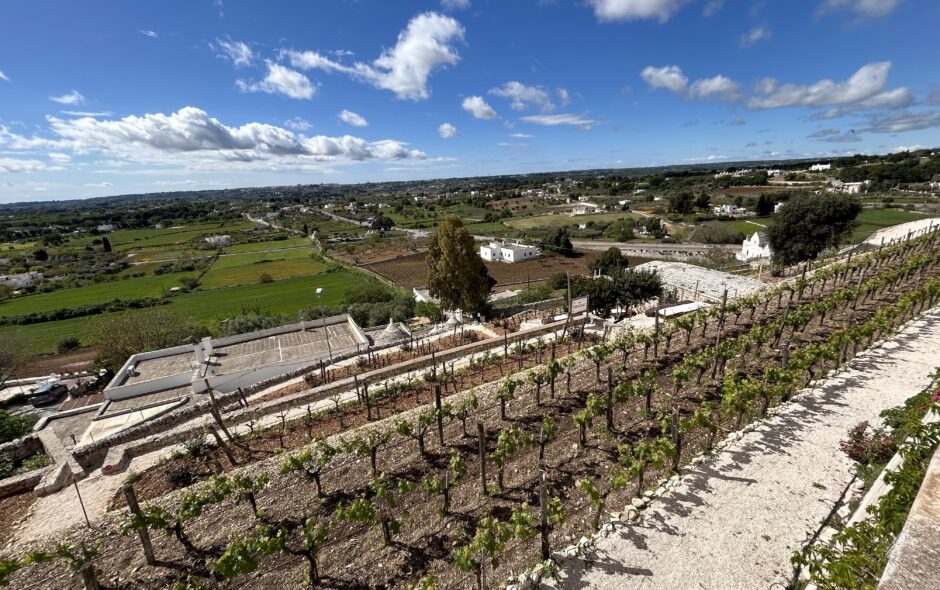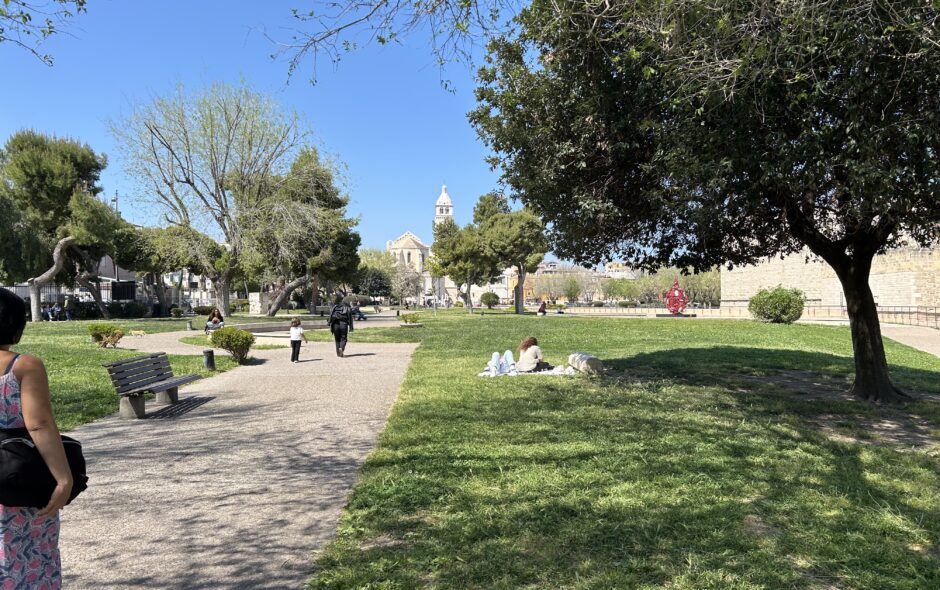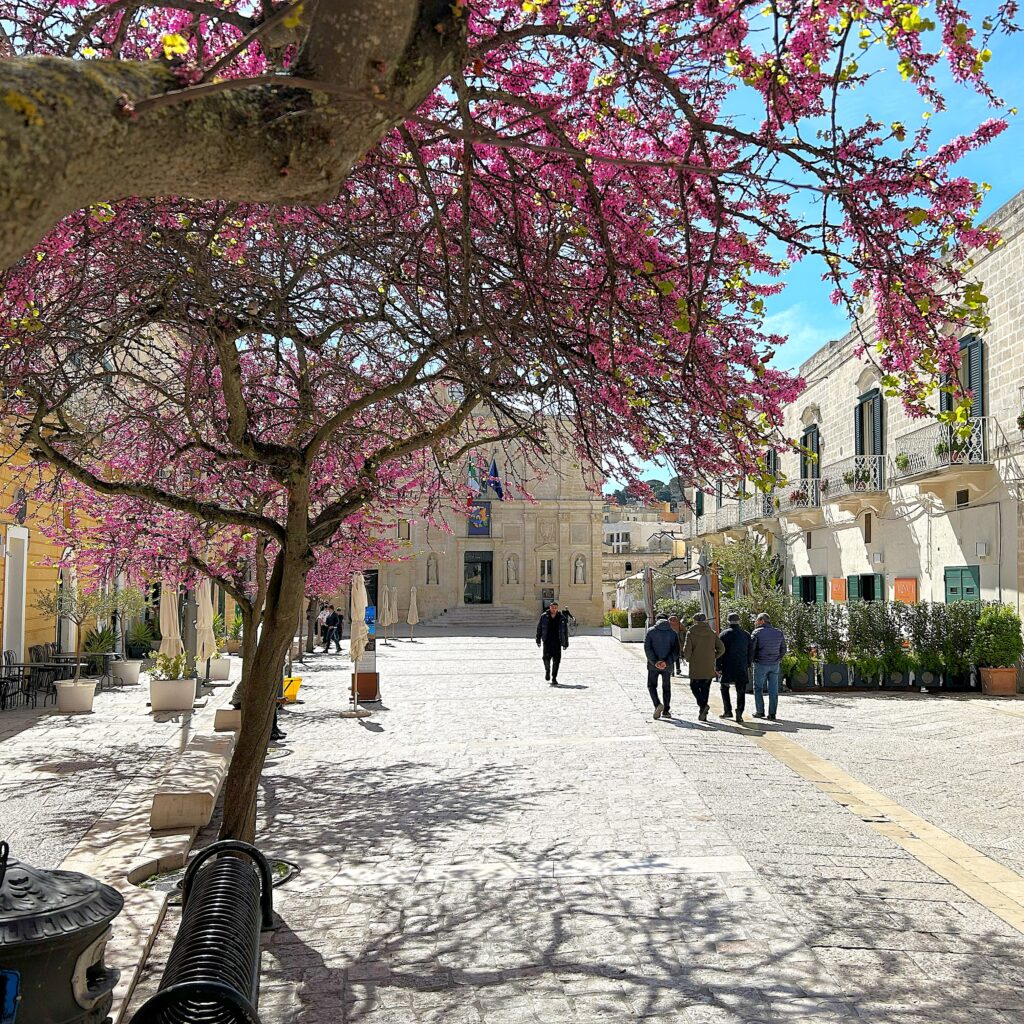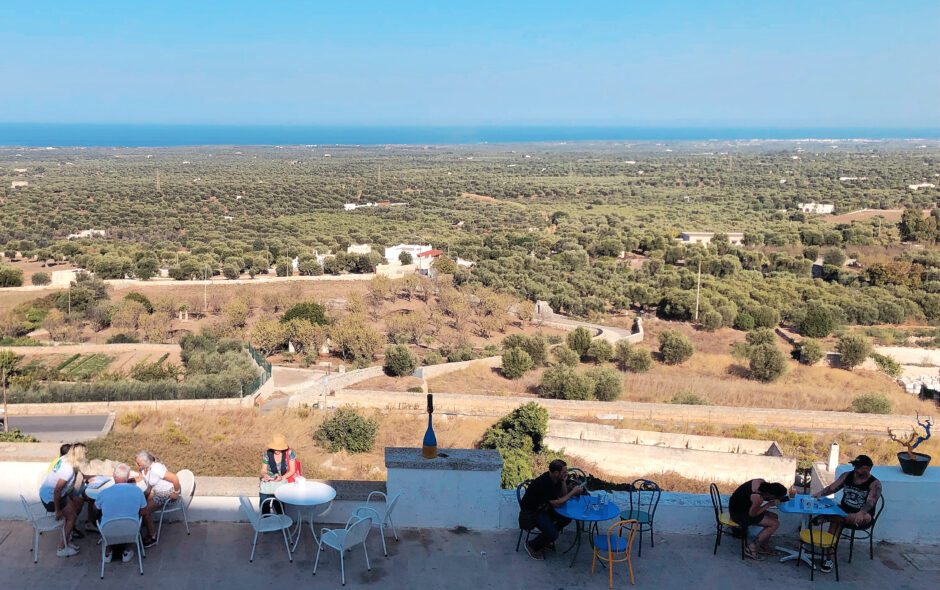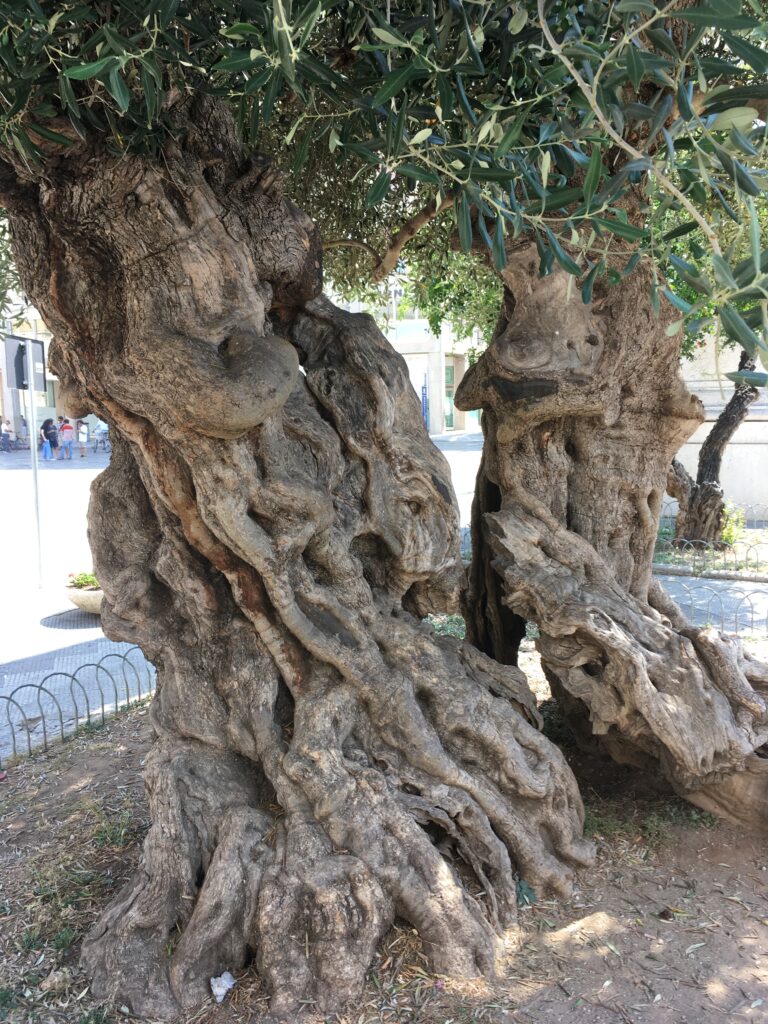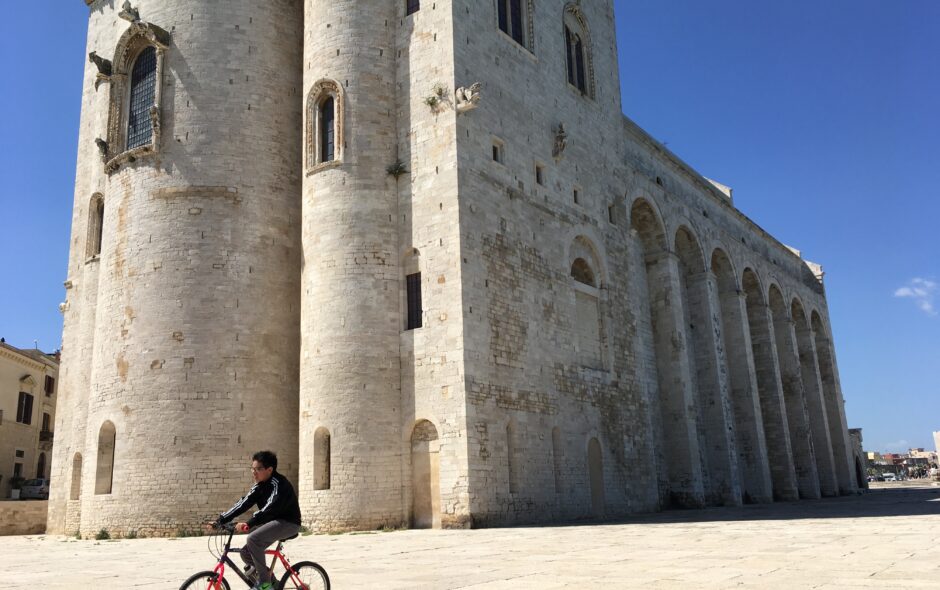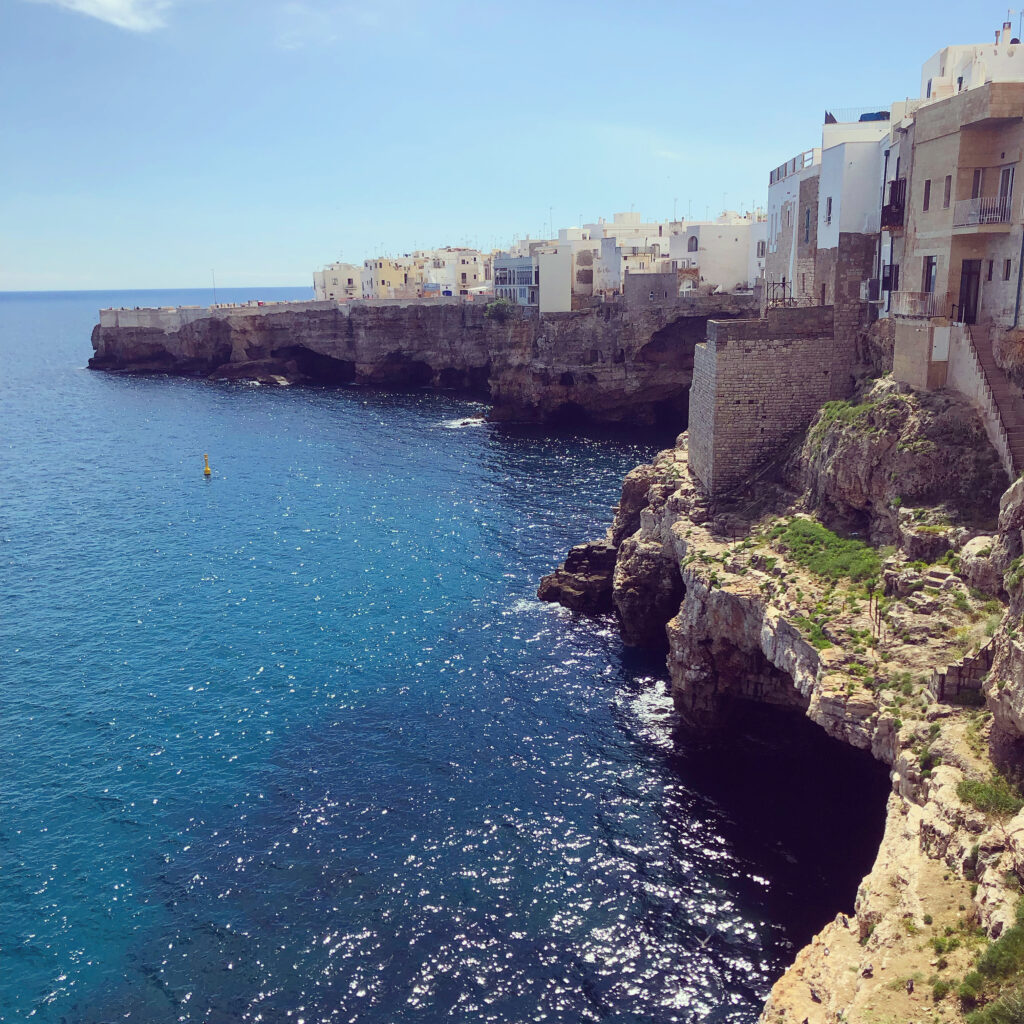Puglia, on the surface, does not seem to have water. Rainwater, even torrential rainwater, is instantly lost in the depths of the earth and, following secret paths between caves and tunnels, reaches the sea and is lost there. But thousands and thousands of years ago, tumultuous waters descended from the Alta Murgia towards the seas of the time, digging out large depressions as tortuous as their course along their path: the so-called “lame”.
Lame, that is, those depressions in the ground, extending for kilometers, that are found in the peripheral territory of Bari, especially in karst areas. These are the beds of ancient rivers and current evidence of the tumultuous waters that millions of years ago descended from the Alta Murgia to flow into the sea. A sea at that time much larger than the current Adriatic.
From time to time, during torrential rains, the ancient river, responsible in the past for disastrous floods, is recreated in the blade, suddenly acquiring an incredible strength and flow, and ending its course in the sea.
Lamas are generally confused with rivers or streams. There is a big difference between lamas and streams, since lamas collect only rainwater of their drainage basin, while they are completely dry when there is no rain. Moreover, in lamas water mostly flows underground and just a small amount of the rainwater flows on its surface.
As said above, surface runoff is greatest in the extreme and uncommon situations of heavy rain. Lamas usually contain fertile soil, that deposited over the millennia due to the erosion and they are usually cultivated. Since they contain fertile soil, they are distinguishable from the nearby typical area of the Murge plateau, that is almost everywhere stony, arid and hard to grow.
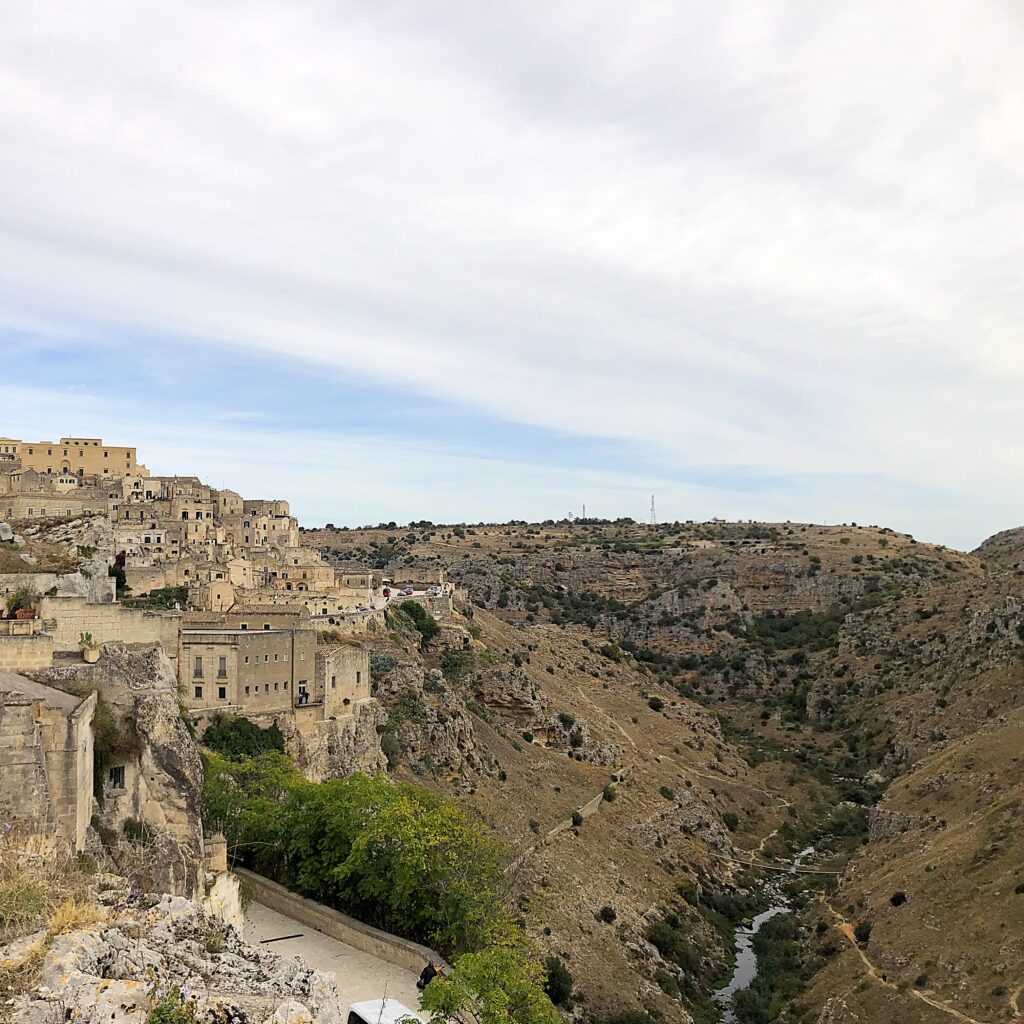
“Gravine” are erosive incisions of the earth’s surface even more than 100 meters deep, dug by rainwater in the limestone rock and by streams that flowing between the fractures of the rock formed by the effect of tectonic movements, have eroded the rock for millennia. The erosion of the calcarenitic rock present in the superficial part has allowed the formation of spectacular and deep ravines, their walls are very inclined and in some cases vertical, reminiscent of the Canyons. In each ravine, thanks to the strong presence of caves and cavities, of both surface and underground watercourses, there are remains and evidence of rock settlements, from prehistory through the Middle Ages, up to the present day, with many towns currently settled, historically also to exploit these “mountains in reverse” as a very efficient natural defense.
The origin of the term gravine is connected to the city of Gravina in Puglia, crossed precisely by a ravine and its stream
Admire the beautiful landscapes in person! Take our unique Puglia tour.

